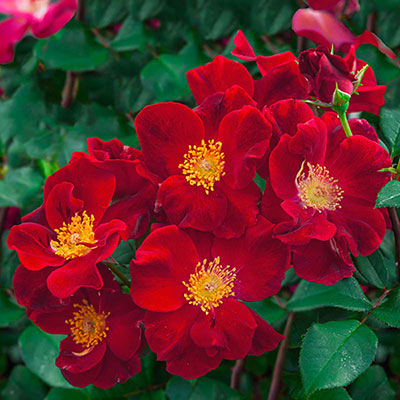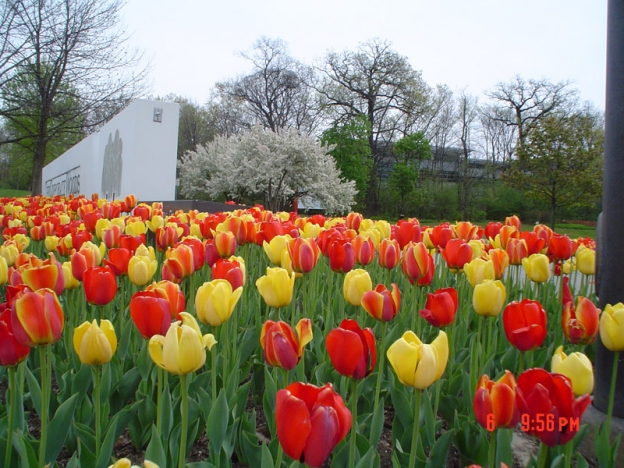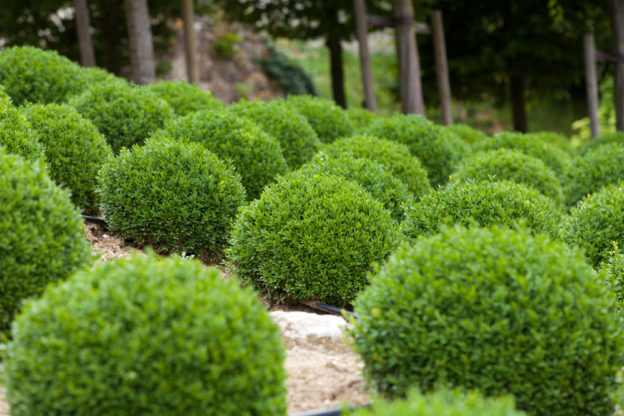A Message from our President
I humbly welcome you to a happy new year. Humbly because it has been a journey for many of us. There is something about adversity that brings out the best in people. I feel that way about our team. They have continually come to work during a pandemic, following our strict safety rules. It wasn’t easy.
What I found so enchanting is that we focused on building comradery. We instituted weekly meetings, headed by one of our trusted coordinators, that attempted to bring people together and create a sense of community when it felt like there was not one left.
This is the company you employ. We strive for the best, so you are elated with your services. But we also strive to make a safe place of health and happiness for our hard-working employees. Coming from immigrants, I know their struggles and their fears. It is our pleasure to combine service to you with the service to them.
We look forward to a new year with you. We thank you for your business. Most importantly, we thank you for helping us to make the world better for our environment, which includes our employees.
Donna Vignocchi Zych
Landscape Maintenance Update
Can you believe that April is around the corner?
Monthly, we will inform you of what you can expect on your property, generally. I say generally because nature is a living thing. Conditions change, plants die for little to no reason and diseases can be prevalent.
For February you should have received your landscape management renewal if you have one. You should have received a site improvement proposal as well as an irrigation proposal if applicable. If you don’t have one and would like to request an estimate please let us know. The contact information is at the end of the email. If you are not certain whom to call…call me! Donna Vignocchi Zych at 847.613.5102.
Other than that know that we are very diligently preparing for spring 2022 and cannot wait to see all of you again.
Reminder of a great project
On a personal note
This year we experienced the passing of Carol Asher. It had a profound effect on those of our staff that worked with her and personally within our ILT Vignocchi family.
For anyone that knew her she was a force…elegant and intelligent. My memories of her are her love of plants and gardening. She appreciated it as art, which most people do not. Her and her husband, Mr. Asher, have been so generous and influential in the lives of my father and I as well as our staff. For us at this time, it feels as though there isn’t enough gratitude. But with gratitude for people that think selflessly, there is responsibility. To perpetuate beauty of nature and kindness of spirit. I for one will take this to heart and try to disseminate it to our work family.
We will miss her deeply and hope that there are the most beautiful gardens where she is now. But those tending those gardens be assured she might know more than you.
Peace to you Mrs. Asher. You will always be in my prayers, Donna.
Many of you might not know that we own a wholesale perennials groundcover nursery…here is our plant spotlight of the month!
Viburnum carlesii ‘Spice Baby’
Viburnum carlesii Spice Baby is an improved substitution for Viburnum carlesii ‘Compactum’. Standing at 4 feet tall and 4 feet wide, this petite shrub is an excellent selection for smaller landscapes. This is a personal favorite of mine. People love the smell of lilacs, but they can be problematic with blooming and disease. This is a lovely alternative. Happy planting!!!







